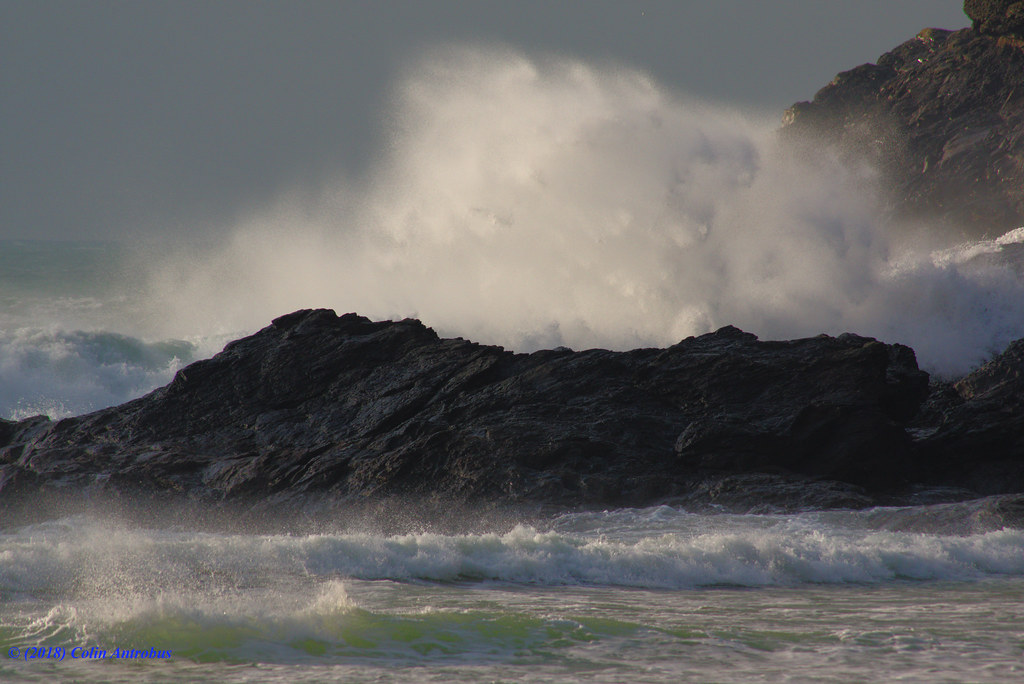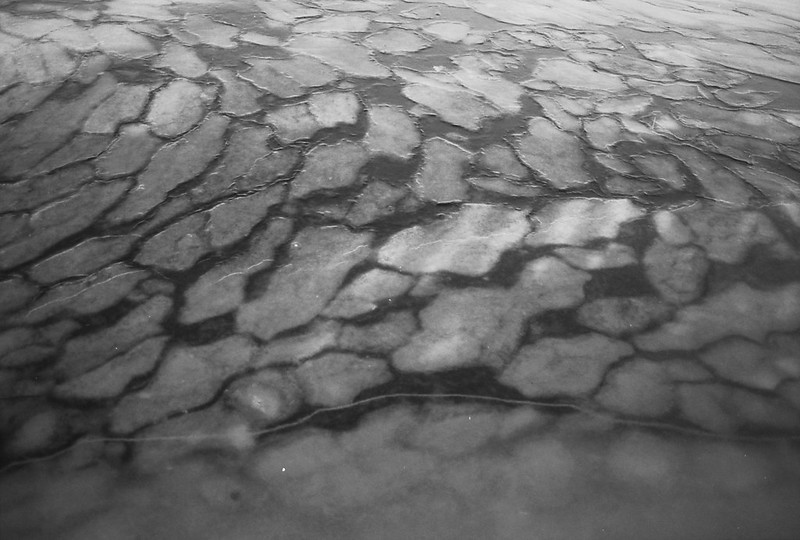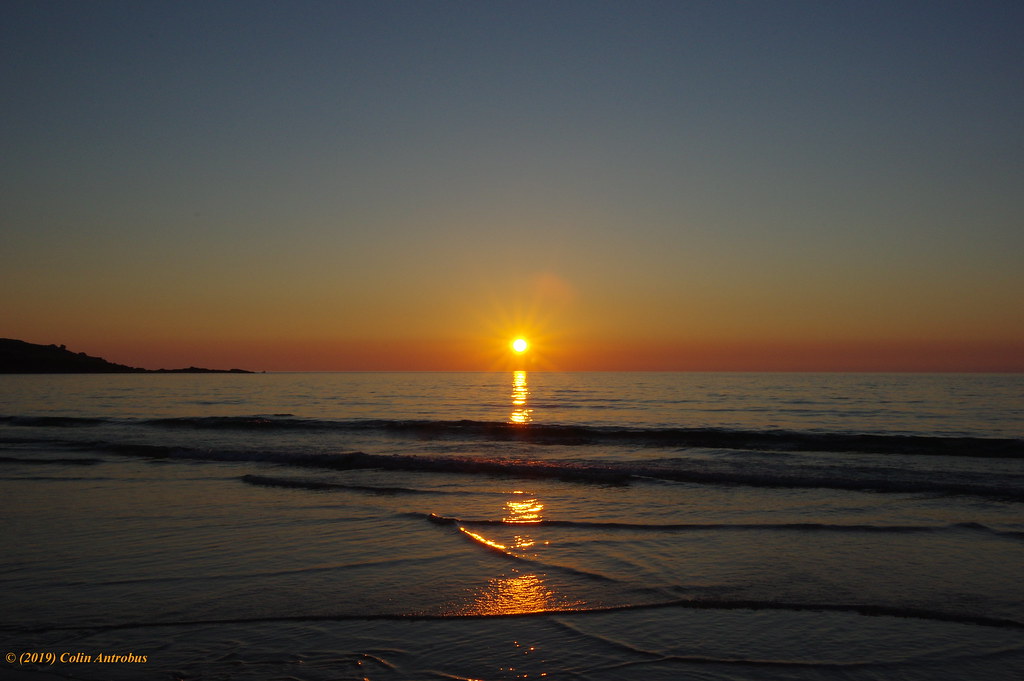 Originally posted by nicolpa47
Originally posted by nicolpa47 
Thanks WPRESTO - Not a place for surfing at this precise spot - the other side of the harbour at Porthleven is where the surfing is normally done. This is regarded as a dangerous beach and because the water is deep close to shore the waves don't so much break as fling themselves onto the beach. Whenever there are widespread storms in the UK, it is often photos from this stretch of beach that hit the newspaper front pages.
---------- Post added 16th Dec 2018 at 07:31 AM ----------
Wave breaking at Lambeth Walk, St Ives, Cornwall
on Flickr
FYI, in case you did not know, some elements from a standard lecture to geology students about the dynamics of waves.
1) Ordinary waves (=not tsunami) cause circular disturbance below the surface down to a depth equal to half the distance between wave crests (= one half the wave length); the size of the circular motion gets smaller and smaller until you reach this depth, which incidentally is called the wave base.
2) When a wave enters water that is shallower than one-half the wave length, the wave begins to "feel bottom" and several changes take place:
A, the wave starts to slow down
B. the wave starts to lift up higher
C. the wave length gets shorter (because the waves closer to the beach are moving slower than those further out, so the ones further out start to "catch up"
D. some wave energy is lost dragging along and stirring up the bottom, part of this lost energy expresses itself as the slower forward motion of the wave.
3) in a sense, you can think of the wave as "trying" to maintain the relationship between wavelength and depth of the wave base in water that is too shallow, and the wave does this by making the wavelength shorter and lifting upward (literally pulling the wave base up) but the wave can only rise up an insignificant part of what is needed to maintain the deep-water relationship between wavelength and wave base, so the wavelength must get much shorter to compensate.
SO: if the water remains deep close to shore, a wave will hit the shore with far more energy than if there is shallow water nearshore. If there is a very gradual increase in depth that extends far off shore, wave energy will be depleted as the wave drags along the bottom and only a small wave will reach the beach.
IF THIS DYNAMIC IS UNDERSTOOD, then it is easy to understand why a bay or inlet is a safe harbor. As a wave enters a bay, it feels bottom along the sides or ends much sooner than in the middle, consequently the sides of the wave running along the shore slow down, while at the center of the bay the wave is still moving fast. The causes the wave to change from being straight (as seen from above) to being curved in toward the head of the bay. This has the effect of stretching wave = making it longer, which stretches out its energy which means as the wave moves into a bay, it gets weaker/smaller. The farther into a bay a wave travels the weaker it gets, so a deep embayment, even though it is open to the sea, can be a safe harbor.
Last edited by WPRESTO; 12-26-2018 at 04:17 PM.


 Similar Threads
Similar Threads 
















 Post #1830 by noelcmn
Post #1830 by noelcmn








